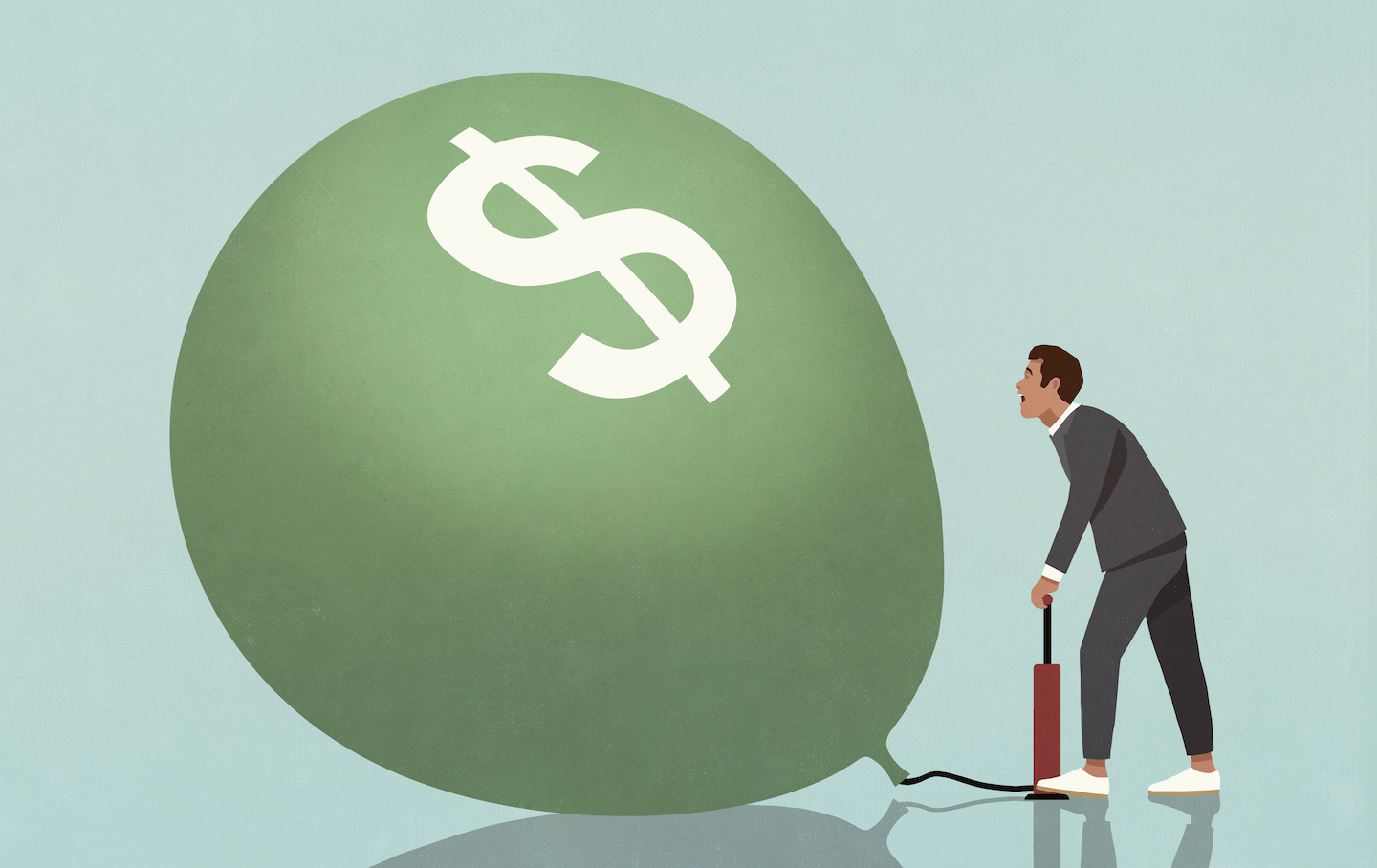The new director of the Consumer Financial Protection Bureau, Rohit Chopra, began to shake his interventionist saber just two months after his confirmation in the Senate. Whether it’s pushing the Federal Deposit Insurance Corp. To block bank mergers or attack bank overdraft fees, Mr. Chopra is moving aggressively. If the CFPB’s credit and pawn shops ‘Buy now, pay later’ surveys are a leading indicator, it appears to be only a matter of time before Mr Chopra reconsiders the progressive irritant perpetual — payday loans.
A study we recently completed calls into question the wisdom and legality of the CFPB’s latest attempt to regulate payday lending, a rule from 2017. This rule provides the model for efforts to regulate payday loans out of business. ‘existence. This massive rule limited payday loan clients to no more than six loans per year, unless they could meet a strict government-imposed repayment capacity standard.
Our results show that the CFPB’s approach to regulating payday loans is ill-conceived and needs to be adjusted. We have found that the CFPB’s focus on the authorized number of payday loans is not a reasonable consumer protection policy.
We looked at 2013 data on 15.6 million payday loans, made to 1.8 million unique borrowers, to determine whether the number of loans a consumer took in a year is a meaningful estimate. consumer welfare. We examined the terms and use of payday loans and estimated the effects on consumers if they were prohibited from taking more than six loans per year. We focused on the interaction of this limitation with two common ways that states regulate payday loans: limits on eligible loan fees and loan amounts.
Our findings will surprise the writers of the CFPB rules. Contrary to research cited in the CFPB’s 2017 rule, which stated that “loans are almost always made at the maximum rate allowed”, we found that neither fees paid nor loan amounts inexorably reached maximum levels allowed. when these permitted levels were reasonable.
We found that two otherwise identical consumers in different states could take out a different number of loans to acquire the amount of credit they needed, simply because state laws differ as to how much a consumer can legally borrow on one. ready. If a consumer in a state with a loan limit of $ 500 needs $ 600, the borrower will need to take out two loans. Without a ceiling, a single loan would suffice.
We found that borrowers in states with low authorized loan amounts ($ 500 or less) take about 50% more loans than borrowers in states with high authorized loan amounts (over $ 500 or none). loan amount ceiling). In low-dollar states, borrowers took on an average of 9.31 loans. In high-dollar states, borrowers took on an average of 6.27 loans.
Additionally, despite the tighter borrowing limits on loan amounts at one point in time, borrowers from low-dollar states ended up borrowing the same total amount during the year as borrowers from high-dollar states. Ultimately, consumers in low-dollar states had to take out more loans to meet their needs. Overall, our research reveals the arbitrariness of the CFPB’s obsession with the number of loans as a useful measure of consumer welfare.
The concern of the CFPB in 2017 was the borrowers who repeatedly “renew” their loans. A rollover occurs when a consumer borrows, say, $ 500 with a promise to repay the full amount within two weeks. In two weeks, however, if the borrower does not repay the loan in full, the loan can be “rolled over” simply by paying the fees (typically around $ 19 to $ 21 per $ 100). The rigid standard of repayment capacity and the six payday loans per year seem, to us at least, to come from refinancing by payday borrowers. Rollovers represent a large number of loans but are carried out by a minority of borrowers.
Fortunately, cold heads prevailed and in 2020 the CFPB led by Director Kathleen Kraninger rescinded the repayment capacity provision in the 2017 rule. estimates that if the rule had taken full effect, it would have eliminated 59% to 80% of all payday loans.
Unfortunately, the scrutiny of small dollar loans is back on the CFPB’s execution menu. But our research is very clear: the CFPB should stop its efforts to impose a single regulation on payday lending. Consumers are managing their finances much better than Washington bureaucrats believe.
Mr. Miller is Professor of Finance at Mississippi State University and Principal Investigator at Consumers’ Research. Mr. Zywicki is Professor at the Antonin Scalia School of Law at George Mason University and Research Fellow at the Law and Economics Center.
Newspaper editorial report: Kyle Peterson, Mary O’Grady, Dan Henninger and Paul Gigot predict what is to come in 2022. Images: AFP / Getty Images Composite: Mark Kelly
Copyright © 2022 Dow Jones & Company, Inc. All rights reserved. 87990cbe856818d5eddac44c7b1cdeb8








/cloudfront-eu-central-1.images.arcpublishing.com/prisa/S7RMCPSNX5CQDIJUDKMYP7IE6U.png)



